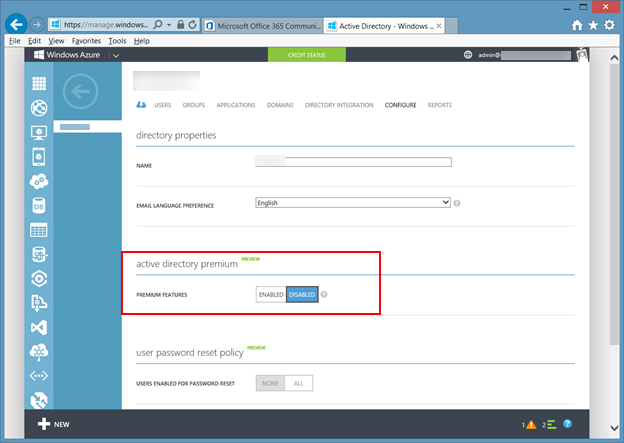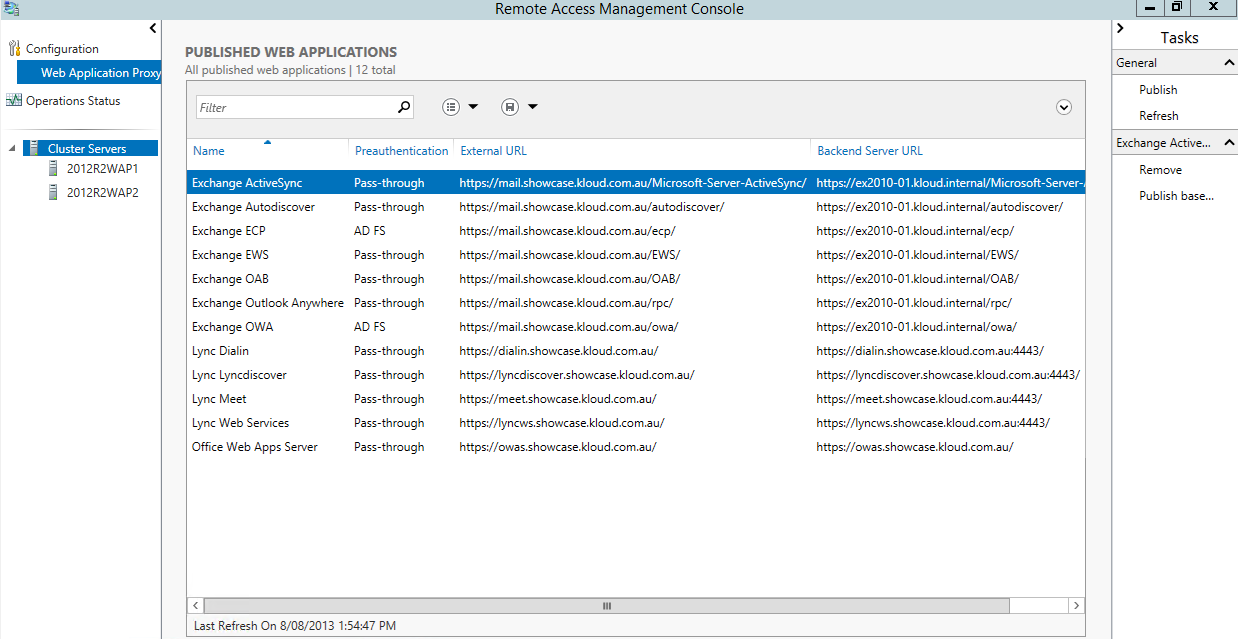The Next Version of Forefront Identity Manager Is Coming in 2015
There has been a lot of speculation about the next version of Microsoft Forefront Identity Manager. For those who follow Microsoft’s product roadmaps, a number of Forefront products have been cancelled by Microsoft. Here is a brief list:
- Forefront Protection 2010 for Exchange
- Forefront Protection 2010 for SharePoint
- Forefront Security 2010 for Office Communication Server
- Forefront Threat Management Gateway 2010
- Forefront Unified Access Gateway 2010
Other products in the Forefront family have been renamed and become a more integrated part of another product. … [Keep reading] “The Next Version of Forefront Identity Manager Is Coming in 2015”


